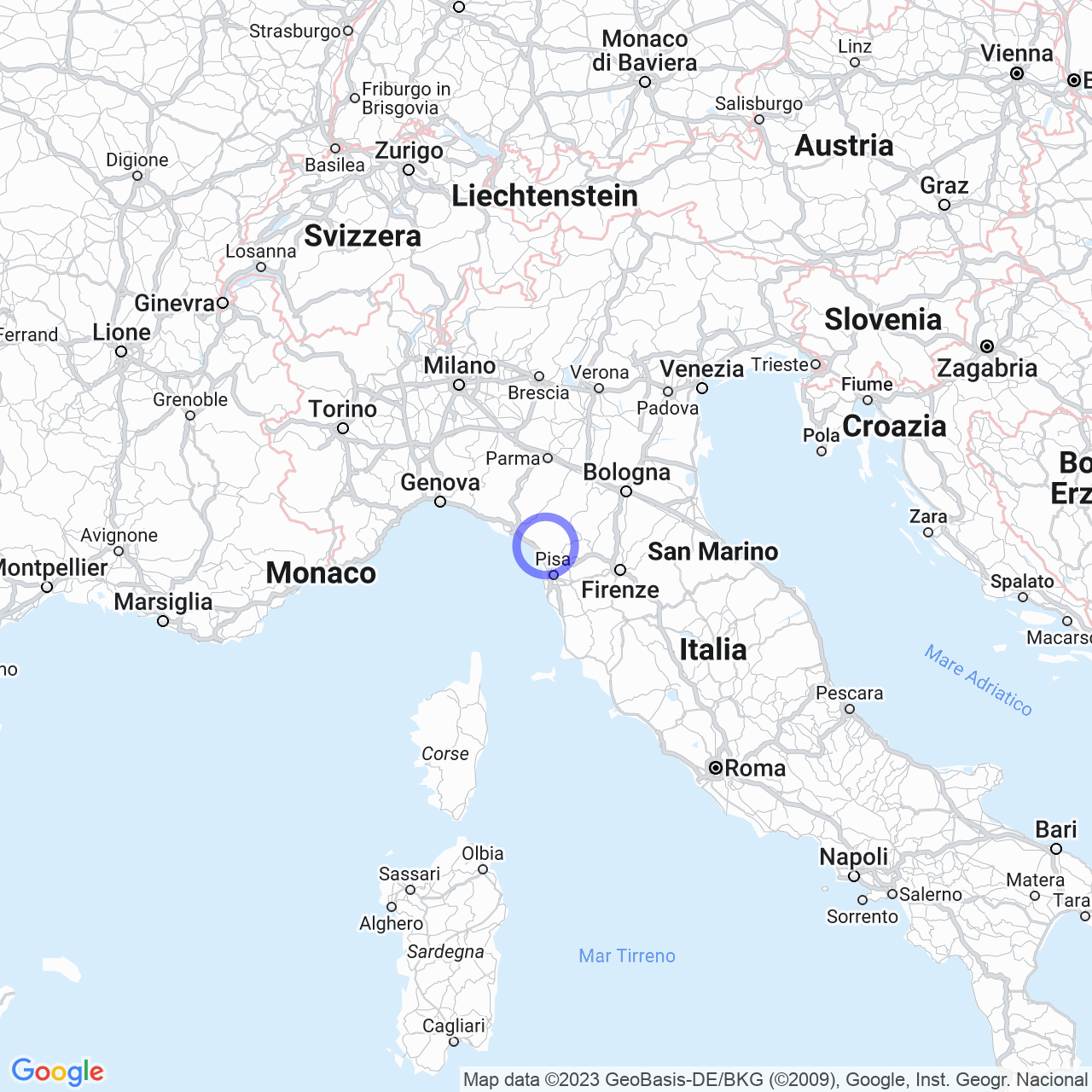Arni
Discovering the village of Arni
Hello friends! Today I will take you to discover Arni, the northernmost fraction of the municipality of Stazzema in the high Versilia. Despite its location surrounded by mountains, it is possible to reach the village in several ways. If you come from Versilia, you can pass through the Foro or Cipollaio gallery if you arrive from Seravezza or arrive from Massa through the Vestito Pass or along the Turrite Secca stream towards Castelnuovo Garfagnana from Lucca.
Physical geography
The village is divided into two parts: "Arni di Sopra," or "Arni" proper, and "Arni di Sotto," further downstream, also known as "Campagrina." Arni is located on the Garfagnino side at the sources of the Turrite Secca stream, northeast of Monte Altissimo, a powerful bastion of the Apuan Alps. The location is identifiable as the rainiest place of the Apuan Alps with an annual average close to 3100 mm/year, and numerous are the years in which the accumulation has exceeded 4000mm.

Population
In recent years, Arni has experienced a strong depopulation, but its beauty and the peculiarity of being the rainiest place in the entire mountain range have attracted visitors again. In 2003, the census counted 256 inhabitants, but in August 2014, the population dropped to 185 people, of whom 2 are foreigners. The locality called "Le Gobbie," although only a few hundred meters from the center of the village, is part of the municipality of Seravezza and counts 9 inhabitants. The most common surnames in Arni are Cagnoni, Landi, Lorenzoni, and Mattei.
Monuments and places of interest
The history of Arni is rich in events and facts mainly related to the processing and extraction of marble. In 1979, a statue of Our Lady Maria, called the "Madonna del Cavatore," was erected above the village, due to the past danger of marble extraction, a frequent cause of deaths among the quarrymen, often Arni's inhabitants themselves. It is celebrated on August 12, in memory of those who died in marble extraction. At night, the statue is illuminated.
In 1822, a few shepherds from Vagli built an Oratory dedicated to St. Augustine, to which were assigned many assets of the suppressed Augustinian convent of Vagli Sotto. When the population reached 290 inhabitants, with the help of the Duke of Modena, the Church was expanded. The bell tower was built by the inhabitants between 1910 and 1927: it is located above the church on the left of the rectory and is made up of marble blocks that the men carried in the evening when they returned from the quarries. On January 19, 1947, it was erected as a parish with dismemberment from Vagli Sotto. The civil recognition was obtained on April 13, 1948. The oldest book is the Record of Deaths of the year 1827.
Economy
In the past, Arni developed mainly thanks to agricultural and livestock activities, particularly the breeding of Massese (sheep) that offered products such as milk, cheese, and wool. Today, this activity has largely diluted, and the pastures around the mountains Monte Penna di Sumbra and Monte Sella are inhabited by wild goats and Ovis musimon.
For a long time, the economy of the village was linked to marble excavation, particularly of the white arabescato Faniello type, although there were once quarries of Calacatta and the rare and more precious white statuario. Despite this, the peculiarity of the village, its beauty, and the numerous cultural and leisure activities that surround it, are making Arni an increasingly appreciated tourist destination.
We have come to the end of our guided tour of Arni, I hope you have appreciated the beauty of this enchanted place. It will be an unforgettable experience to visit this small village, surrounded by the lush nature of the Apuan Alps and its history, steeped in marble processing. Come and discover it!
